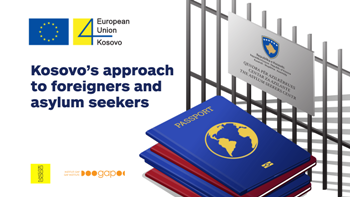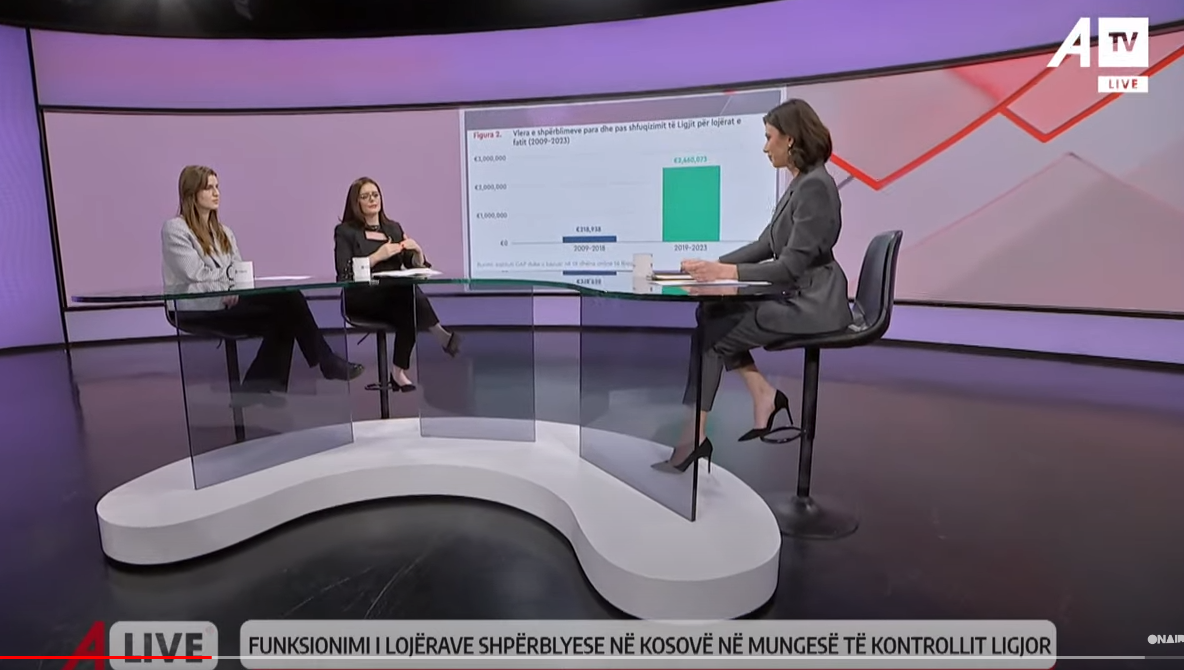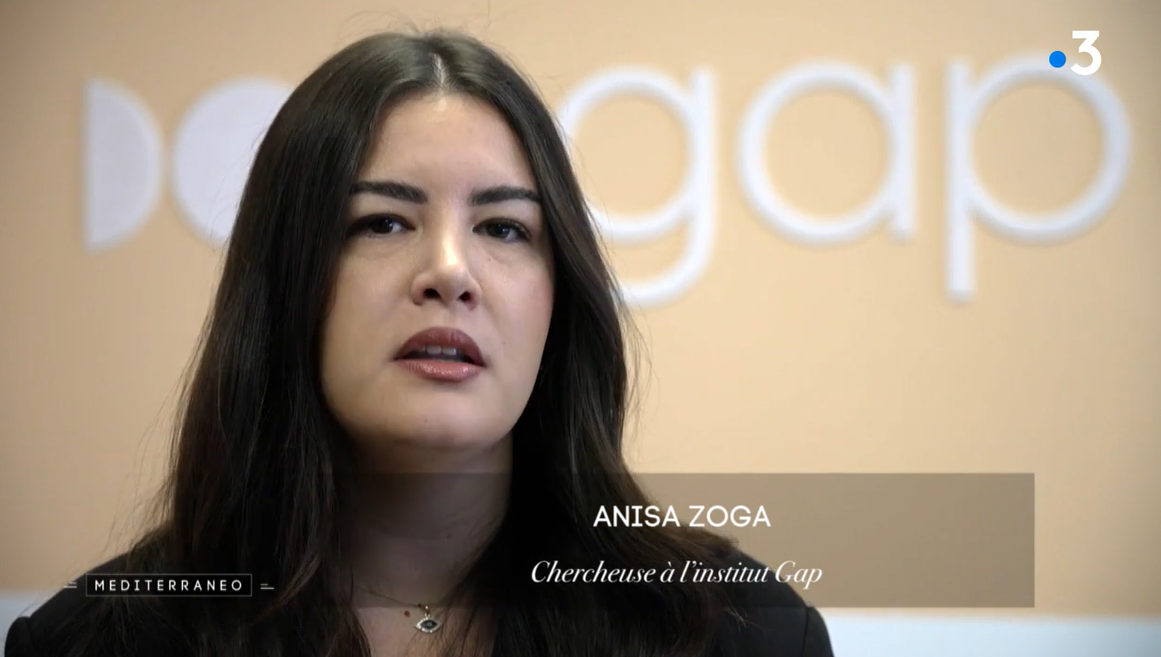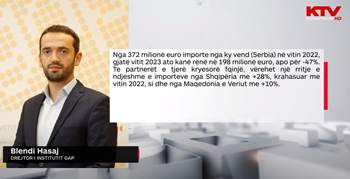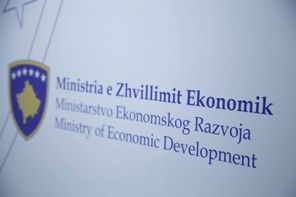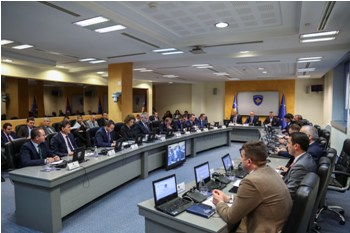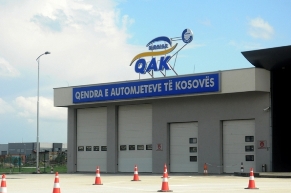Functioning and Organization of the Kosovo Guarantee Fund
31/03/2017
Public credit guarantee schemes are considered useful mechanisms for increasing access to finance for certain categories of borrowers, but their success and financial sustainability depend on the proper design and implementation of the plan of operation. GAP Institute published an analysis, in September 2015, on the idea of establishing a Kosovo Trust Fund (KFK), management models and the effectiveness of such schemes have been elaborated. According to this analysis, credit guarantee schemes do not increase the level of non-performing loans but at the same time their success is partial.
The Kosovo Credit Guarantee Fund (KCGF) was established with the assistance of the USAID Credit Support Program, Ministry of Trade and Industry (MTI) and based on Law no. 05 / L-057 on the Establishment of the KCGF, which entered into force on January 23, 2016. The KCGF aims to reduce the risk of lending to micro, small and medium enterprises (SMEs) that have less than 250 employees, are provided with fiscal cash register and registered in ARBK, guaranteeing up to 50% of the credits granted to these categories of enterprises by financial institutions registered in the fund. KCGF provides assistance to SMEs that may not qualify for unsecured loan guarantees due to lack of necessary collateral or credit history even when they result in a sustainable business plan and strategy.
Based on the semi-final achievements of the similar Kosovo scheme, the Development Credit Authority (DCA) aimed at increasing access to finance for agricultural sector enterprises and lowering interest rates for 10% of the respective credits, GAP Institute recommended that KCGF to open the private sector as a shareholder, to set commission fees and the percentage of collateral for financial institutions by law, and to work in parallel to empower the legal system that regulates the receipt of debts. Despite GAP Institute recommendations, the law provides about tariffs to be determined in agreement with registered financial institutions as well as collateral requirements to remain under the choice of the institution issuing the loan. As far as KCGFs capital generation is concerned, it may consist of collected fees, investments in financial markets, government-funded funds, and donations from international organizations, but not from the private equity investment in the fund.
Capital and Composition of KCGF
FCGF has a capital of 7.3 million euros, which is expected to increase by 3 million euros with assistance from the Ministry of Trade and Industry (MTI) as well as Reconstruction Credit Institution (KFW). The KCGF staff consists of 11 employees, including support staff from the USAID program. The KCGF includes a board of directors consisting of seven members, one ex officio member elected by the Ministry of Trade and Industry, an ex officio member selected by the Ministry of Finance, four members elected by Donors, and managing director. Also, FCGF has a high risk manager, senior legal advisers, high security specialists, and senior finance managers.
Qualification of Registered Financial Institutions and MSMEs
Financial institutions that can be registered in the KCGF are banks, non-bank financial institutions, and micro-financial institutions registered and supervised by the Central Bank of Kosovo. So far, the FCGF has signed a loan guarantee agreement with six banks operating in Kosovo: the Economic Bank, the Bank for Business, NLB Bank, Pro Credit Bank, Raiffeisen Bank and TEB Bank.
KCGF aims not only to help MSMEs to have easier access to finance, to increase productivity and at the same time to the number of employees, but at the same time to assist banks in exhausting excessive cash. The banking sector liquidity rate continues to be high by 41.5%, exceeding the minimum required by the Central Bank of Kosovo (CBK) by 16.5 percentage points.
However, in the first half of 2016, the banking sector recorded a profit of 37.7 million Euro, coupled with low exposure to risk. In June 2016, the three largest banks participated in annual growth of loans by 4.4%, while the lowest share of banks in the market increased by 16.1%.
The non-performing loans rate has been consistently low over the last few years, but marked a decline even during 2016. This rate relative to total loans is the lowest since 2010 in Kosovo and the lowest in the region where the rate Average of non-performing loans is 14.9%. Hence, the success of credit growth and indirectly the number of employees could only be attributed to the KCGF.
Determining the Limits of Guarantees and Loan Guarantee Procedures
KCGF has drafted a policy for setting the limits of guarantees on which the agreements with the registered financial institutions are drafted. The first step that KCGF undertakes is the assessment to see the performance of the registered financial institution, market participation, the willingness to raise credit for the MSME-s category and credit performance in all aspects. Thereafter, the terms of the agreements are determined that are currently the same except for the allocated security limit that is determined based on the size of the bank and the market share.
The margin of guarantee for the registered financial institutions that are the bank will be one million euros, but after the review it may change depending on the indicators for measuring success. For the revision of the guarantees upon termination of the initial agreement, the weight will be given to the performance of the portfolio with what case the limit threshold may be increased or decreased depending on how much the guarantee was used, how much was the non-performing loan rate and how much they lost. In addition, the first conditions for the evaluation of registered financial institutions will play a role, but a smaller one.
Regarding the guarantee fees, the same rates eapply to all registered financial institutions. The annual fee is paid on the loan placed under the guarantee until the loan has returned, or until the application for reimbursement has been filed, whichever date is the earliest. Meanwhile, the fees for loans under the guarantee are paid in two periods: 2% of the principal of the guaranteed loan when the loan is put under the guarantee to cover the first year and then 2% of the remaining principal of the same loan on each anniversary.
Granting and Guaranteeing of Credits
As foreseen by law, the KCGF guarantees up to 50% of the principal of the loans granted with the guarantee, but this rate depends on the bank demand. KCGF does not have direct contact with the companies because it is carried by the banks with the usual lending procedures.
If one of these credits fails to return to the maturity date and all debt reimbursement methods are exhausted then the bank applies for reimbursement to the KCGF. KCGF is likely to deny reimbursement if the loan fails to meet the criteria set out in the agreement, but otherwise pays the guaranteed portion of the loan without interest.
Statistics of Loan and Employment Distribution
Within the KCGF, 15 credits were allocated for agriculture, forestry and fisheries sector, 21 credits for the manufacturing sector, 29 credits for wholesale and retail trade, and 21 credits for other sectors. Proportional share of credits for each sector is 14 percent, 25 percent, 32 percent, and 29 percent, respectively. The number of loans distributed during December in Ferizaj was 7, in Gjakova and Gjilan from 8, in Mitrovica 3, in Peja 9, in Prishtina 34 and in Prizren 17. Proportional share of loans, respectively for each region is 8 percent, 9 percent, 3 Percent, 10 percent, 40 percent, and 20 percent.
Employment growth is one of the success indicators, which is measured by banks who receive data from the fundraising survey of the fund. KCGF does not monitor companies directly and does not cooperate with TAK yet to share customer information, but it is an information processed by banks.
Based on the statistics published by KCGF for December, the intentions to increase employment from loans have been reached for an average of 70.2 per cent. These data are stated by the businesses themselves.


